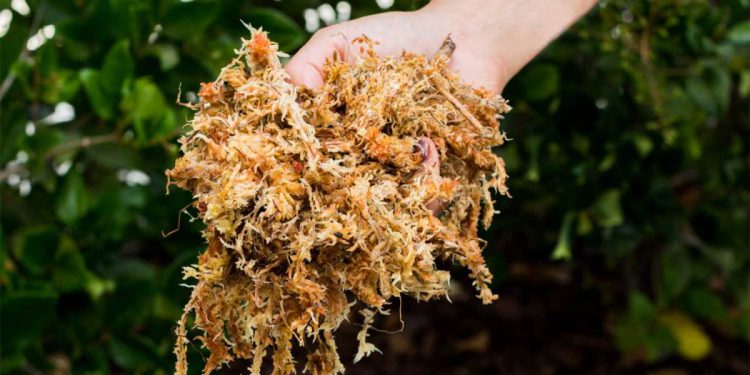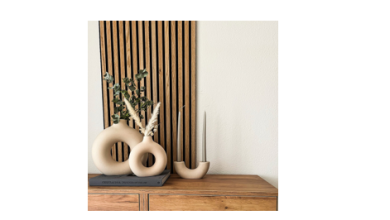6 Tips to Use Sphagnum Moss in Plant Care

Carpet Moss is a useful and loved plant-loving product. It can be used to grow soil amendments or plants that need moisture retention. You’ll be glad you started using it sooner once you have discovered all the benefits it has for your plants.
This article will discuss 10 ways you can make the most of moss and other plants. It also includes some suggestions that might surprise you.
What’s Moss?
The 380 species that live in peat bogs, marshes, and wetlands can be called moss. This is the most common species in the Northern Hemisphere. However, you will also find it growing in New Zealand, Tasmania and Brazil.
Although sphagnum is sometimes called moss, they are not the same thing. Peat moss, on the other hand, is a dried moss.
Peat moss is made up of dead or decaying sphagnum and other material found in peat bogs.
Uses for sphagnum moss
Because of its many attributes, sphagnum moss makes a great choice to potting. It will help you create healthy Perennials plants. It is water-retentive and has fibrous textures to aid in drainage. Additionally, it is less likely to contract diseases from soil than other potting mixes. Plus, it has a unique decorative appeal.
These are our top recommendations for using sphagnum-moss in your plants.
Use it to make potting medium
Sphagnum moss is a great choice if you are looking for an odorless potting mixture that can be used indoors to grow plants. You can use it as a pure sphagnum to grow plants that prefer a mixture of moist soil, great drainages, such as Anthuriums and Philodendrons.
Mix moss with soil amendments such as perlite, pumice, and cocoa nuts to improve drainage.
Create a moss pole
This is one of the best ways to help tropical epiphytic plants that love climbing. A moss pole is a great way to help your Philodendrons develop their iconic leaves. It also encourages species such as Monstera and Epipremnum (Pothos), to form striking fenestrations.
Propagate Seeds for Houseplants
Sphagnum moss is an excellent medium for seed-starting because it has the ability to retain moisture. You can use sphagnum mounds for almost any type of plant seed, including succulents and cacti.
Next, add the moist sphagnum moss to a clear plastic container. Cover the container with the seeds, and then place it in direct sunlight. Depending on the type of seeds that you are cultivating, the seeds will begin to germinate within two to three months.
Root plant cuttings
Some gardeners prefer to plant their cuttings in soil while others prefer to water them. Sphagnum Moss is the best way to increase your proliferating abilities. This substrate is great for water retention and can help your cuttings grow roots faster.
Fill a container with sphagnum. Place the cuttings in the stems. Then spray the bottle to keep the moss moistened. The Partridgeberry plant should start to grow roots.
Use it for air layering
Air layering is a very effective way to propagate houseplants that trail or vining. This is also a great way to grow indoor plants. Wrap the growth point with damp moss. You can use plastic wrap to secure it to the ground.
Help plants recover from damaged roots
Excessive watering can cause a plant to die. This is the worst nightmare for indoor gardeners. However, just because your plant has suffered from root rot doesn’t necessarily mean it is dead. You can actually use sphagnum mole to protect your plant from root decay.
First, remove the plant from its pot. Next, wash off any potting mix. Use a sterilized knife or a sharp object to remove any decayed roots. Next, place the plant in a container with pure moist moss. You can leave it there for about a month to see if the plant starts to look better.
With an extensive collection of latest and old songs, Naa Songs is a go-to platform for music lovers looking for high-quality audio downloads. Music enthusiasts often turn to Naa Songs for their favorite Telugu, Tamil, and Hindi songs due to its vast library and ease of use.




